[ page 1 ]
CZECH Air
Force AIRCRAFT SPECIAL
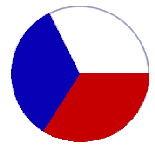
Starting in October 1918, small air components in the Army were formed in Czechia.
The Army Air Force expanded rapidly to become a large and well equipped force and was so in 1938. However, due to various reasons Germany annexed the country. Some people escaped to join the Polish and French air forces and also later to England to join in the Battle of Britain.
After the war,
a new Czechoslovak air force (Ceskoslovenské Letectvo) was formed
of both Czechia and Slovakia, using various equipment and aircraft. As
the Communistscame in during 1948, the iron curtain was raised and the
Czech air force was re-organised along Soviet lines with Russian combat
aircraft delivered. The first MiG-15 jet fighters were received in 1951.
During the Cold War, the AF was equiped with significant numbers of aircraft
and many types such as the Mig-17, Mig-21, Mig-23. Also, various domestically
developed aircraft from Aero were put into service such as the Aero L-29
and L-39 trainer aircraft.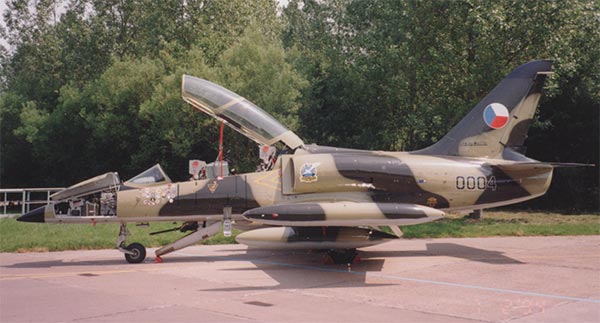
L-39 photographed by me at an Air Show
During the change
of power in middle Europe with the changes in the Soviet Union and Glasnost,
in 1993, Czechia and Slovakia obtained more freedom and were split and
reshaped into a democratic countries. The existing air force (Ceskoslovenske
Vojenske Letectvo) was divided up in the ratio two to one in favour of
the Czech Republic, based on population ratio, except for the MiG-29s which
were divided equally with the Slovak Air Force, and the MiG-23s which all
went to the Czech Republic.
Following the
split, the Czech Air Force concentrated on re-organisation and training
to prepare itself for full
membership
of NATO.
Saab Gripens
were also later put into service, an example of the drive to become a modern
AF.
Excellent Czech decals were used from PROPAGTEAM in this project.
Aero L-29 Delfin
This dual jet trainer and light attack jet aircraft was widely used.
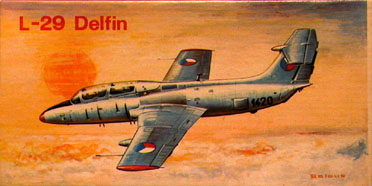
The 1/72 kit used here is the Kovozavody Prostejov (KP) kit #1. SEE THE MODELLING REPORT ON THE L-29 PAGE HERE.....
Aero L-39 Albatros
The L-39 is a basic and advanced jet trainer that served as the standard jet trainer for former Warsaw Pact countries. It has also been exported.
(UPDATE: Many years later I made additional L-39 models... look here.... )
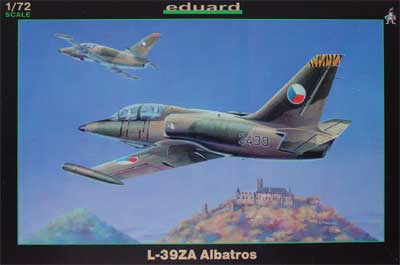
The 1/72 kit used is from Eduard #7041. It is a nice kit with very fine engraved panel lines.

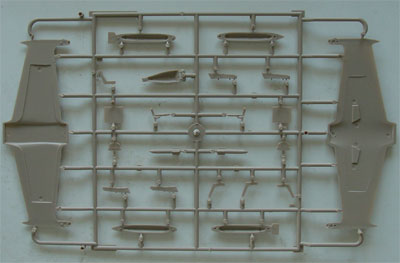 ..
..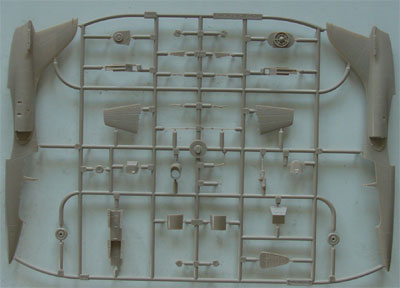
The decal set is very extensive with
many many stencil markings and export schemes (including Iraq, Syria).

I used a PAVLA
resin cockpit set #72025 to improve the cockpit interior. This did
not fit entirely as the width is slightly too large. I thus added a small
plastic strip between the fuselage halves and sanded smooth.
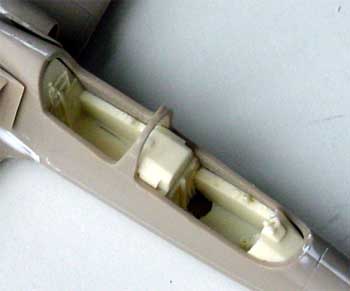
The only parts needing attention
are in air intakes, do not mix them up! Otherwise, no problems arised with
this kit.

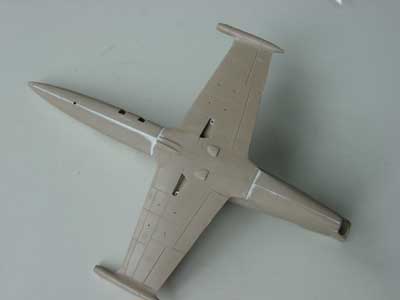
Eduard colour instructions are a
bit vague.
I used Xtracolor X119 sandgreen, Humbrol HU120, Humbrol Dark green HU105, and HU128 enamels for the light grey lower area for the Czech aircraft.
The kit comes with a canopy masking
set (that I did not use).
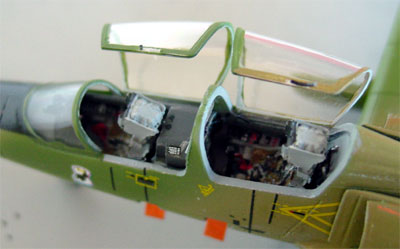
The PAVLA detail set comes with nice
seats and cockpit details such as the instrument panals.
Kit decals are provided for 4 schemes.
The ones used has some "tiger" markings and represents an aircraft of 11
fighter regiment at Zated Air base, 1991.

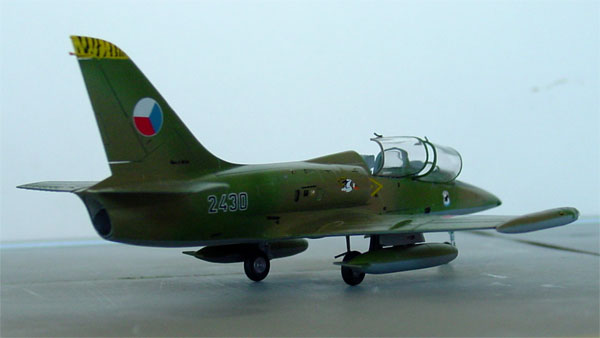
After decals were added, the model
got a coat of semi mat varnish of Johnson Future
with some Tamiya matting agent.
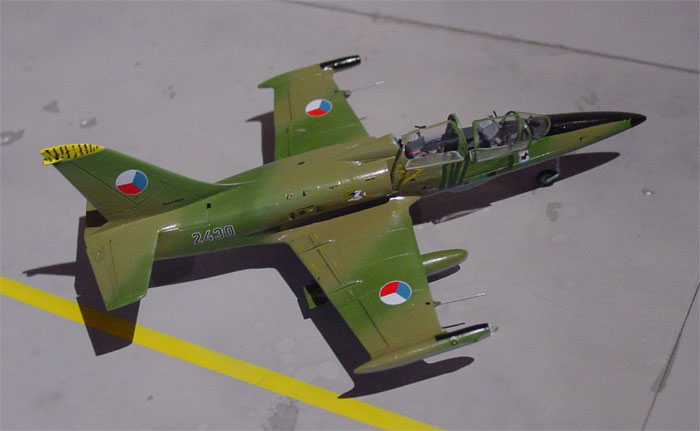

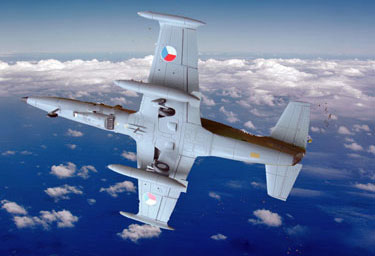
(UPDATE:
also check out my 1/32 L-39 model...)
Let 410 "Turbolet"
This light twin turbo transport plane was and is widely used in (former) East Block countries.
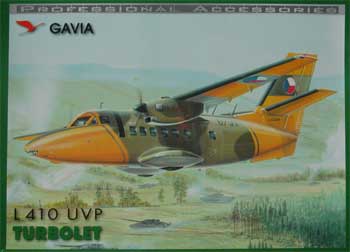
GAVIA from Czech Republic came with a good 1/72 kit although it is a bit expensive. You get also some tiny etched metal parts. The UVP inspection plane kit was obtained, but the kit has an interior for a passenger version.

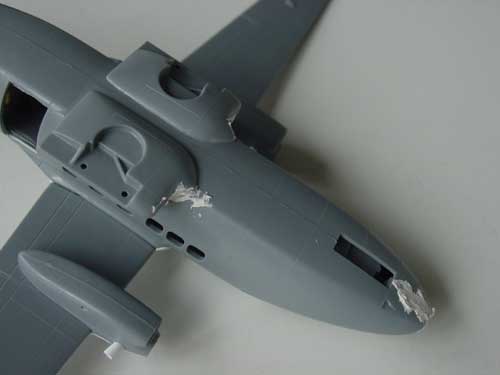
You need to add a spar for strength and also some putty is needed in areas. But nothing that can not be done by the modeller.
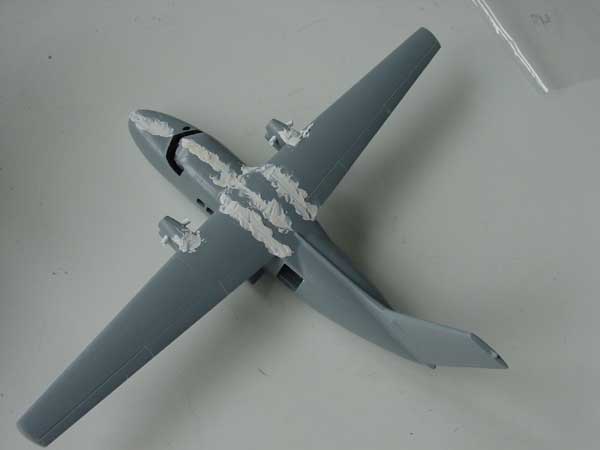
The kit windows can be used, but
I choose to used MicroScale Klear at later stages after painting instead.

This enables applying the camouflage
paints without carefull window masking required. This scheme also has very
nice yellow areas.
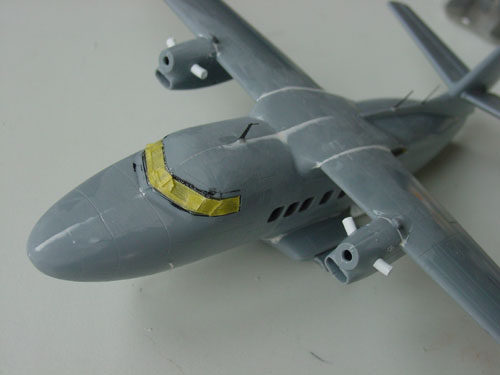
The kit scheme thin stripes along
the yellow areas are not supplied as decal, I simply sprayed spare decal
stripes in the camouflage, cut them out and added these.

Finishing and assembly gave no problems.
I applied sawed gaps along the flying surfaces; the flap fairings required
carefull attention as they are breakable and thin made from etched metal.
The painting was done used matt yellow
first for the various areas. Camouflage scheme was made with light grey Humbrol HU28
lower area, HU195 khaki, HU159 green and HU154 yellow enamels.
After painting, cabin windows were
made with Micro Kristal Klear.

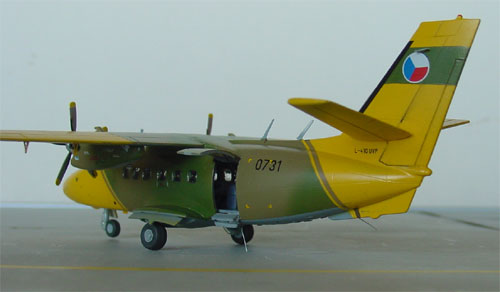
The model needs some "help" to keep
it standing on its nose wheel. I added a very thin adjustable metal rod
aft to achieve this.

Also note the upper hinged rear cabin
entry door.
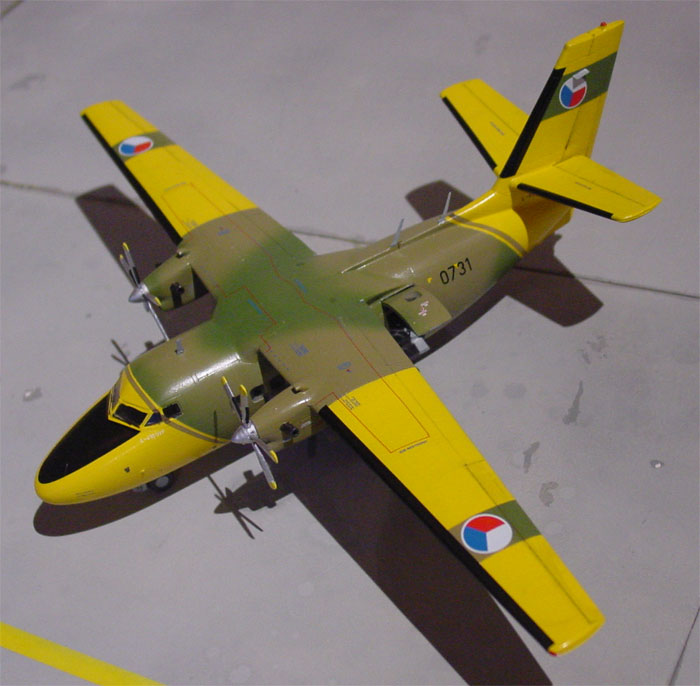
.
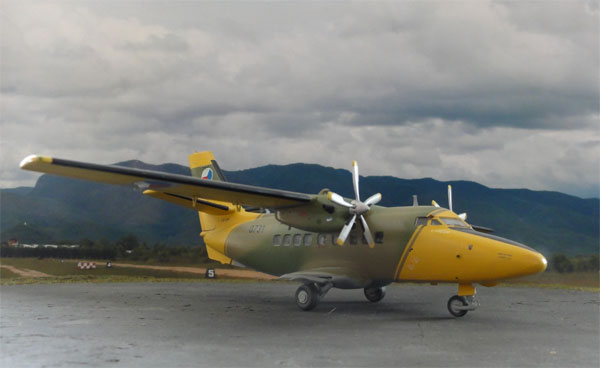

.


(c) Copyright "designer"/ All rights reserved. Your comments are welcomed by webmaster
page created January 2002